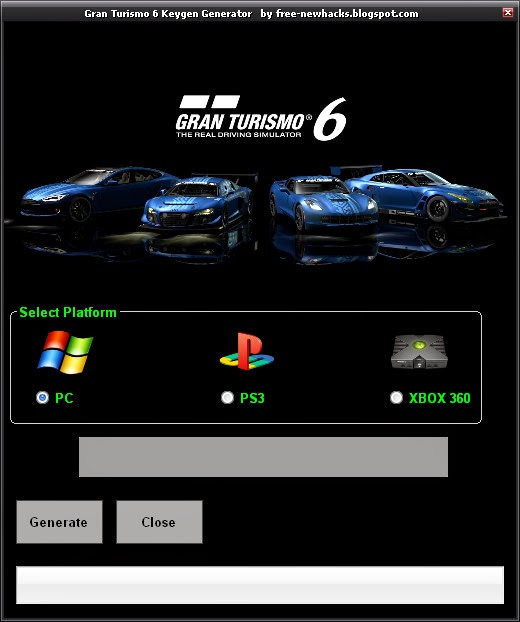

The "Portal" permitting travel between the two worlds closed, leaving Flynn trapped in the system. Clu, considering them an aberration, betrayed Flynn, killed Tron, and destroyed the ISOs. The trio discovered a species of naturally occurring " isomorphic algorithms" (ISOs), with the potential to resolve various natural mysteries. Flynn explains that he had been working to create a "perfect" computer system, and had appointed Clu and security program Tron as its co-creators. He takes Sam to Clu, the Grid's corrupt ruling program, who resembles a young Kevin.Ĭlu nearly kills Sam in a Light Cycle match, but Sam is rescued by Quorra, an "apprentice" of Flynn, who shows him Flynn's hideout outside Clu's territory. When Sam is injured and bleeds, Rinzler realizes Sam is human, or a "User". He is captured and sent to "the Games", where he must fight a masked program named Rinzler. There Sam discovers a hidden basement with a large computer and laser, which suddenly digitizes and downloads him into the Grid, a virtual reality created by Flynn. Nonetheless, Sam is arrested for trespassing.Īlan posts bail for Sam and tells him of a pager message originating from Flynn's shuttered video arcade. ENCOM executive Alan Bradley, Flynn's old friend, approves of this, believing it aligns with Flynn's ideals of open software. Twenty years later, his son Sam, now ENCOM's primary shareholder, pranks the corporation by releasing the company's signature operating system online for free. In 1989, Kevin Flynn, who was promoted to CEO of ENCOM International at the end of the first film, disappears. Like its predecessor, Tron: Legacy has also been described as a cult film. The film was nominated for an Oscar for Best Sound Editing at the 83rd Academy Awards, but lost to Inception. The film grossed $400 million during its worldwide theatrical run, making it a box office success. Upon its release, the film received mixed reviews from film critics, who praised the visual effects, production design and soundtrack, but criticized the character development, cast performance and story. Disney vigorously promoted the film across multiple media platforms, including merchandising, consumer products, theme parks and advertising. Tron: Legacy premiered in Tokyo on Novemand was theatrically released in North America on December 17, 2010. Daft Punk composed the musical score, incorporating orchestral sounds with their trademark electronic music. Chroma keying and other techniques were used to allow more freedom in creating effects. Most sequences were shot in 3D and ten companies were involved with the extensive visual effects work. Principal photography took place in Vancouver over 67 days, in and around the city's central business district. As he was not optimistic about Disney's Matrix-esque approach to the film, Kosinski filmed a high-concept, which he used to conceptualise the universe of Tron: Legacy and convince the studio to greenlight the film. Kosinski was recruited as director two years later. After much speculation, Walt Disney Pictures began a concerted effort in 2005 to devise Tron: Legacy, with the hiring of Klugman and Sternthal as writers.

Interest in creating a sequel to Tron arose after the film garnered a cult following. The story follows Flynn's adult son Sam, who responds to a message from his long-lost father and is transported into a virtual reality called "the Grid," where Sam, his father, and the algorithm Quorra must stop the malevolent program Clu from invading the real world.

The cast includes Jeff Bridges and Bruce Boxleitner reprising their roles as Kevin Flynn and Alan Bradley, respectively, as well as Garrett Hedlund, Olivia Wilde, James Frain, Beau Garrett and Michael Sheen. It serves as a sequel to Tron (1982), whose director Steven Lisberger returned to produce. Tron: Legacy (styled as TRON: Legacy) is a 2010 American science fiction action film directed by Joseph Kosinski (in his feature directorial debut) and written by Adam Horowitz and Edward Kitsis, from a story by Horowitz, Kitsis, Brian Klugman, and Lee Sternthal.


 0 kommentar(er)
0 kommentar(er)
